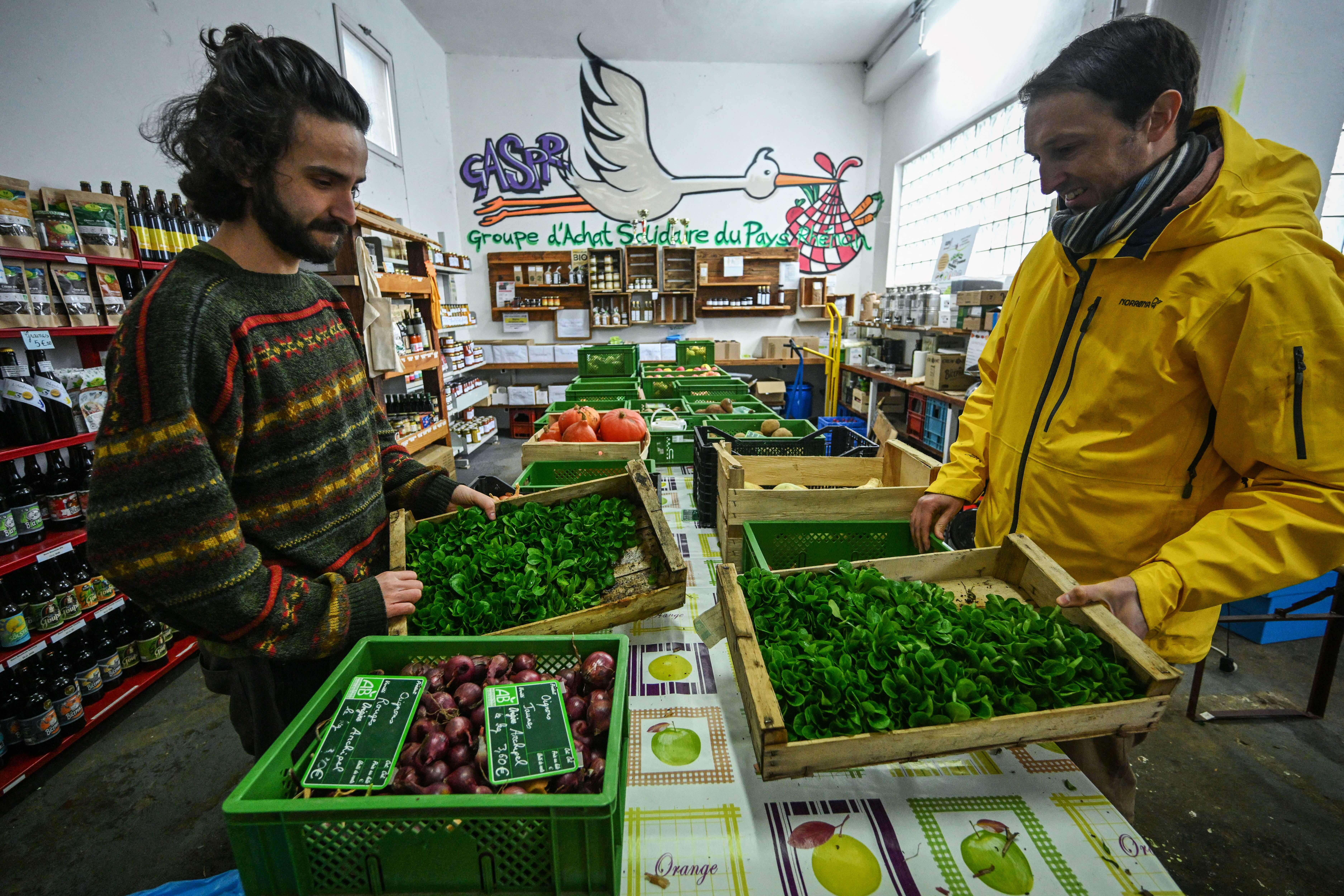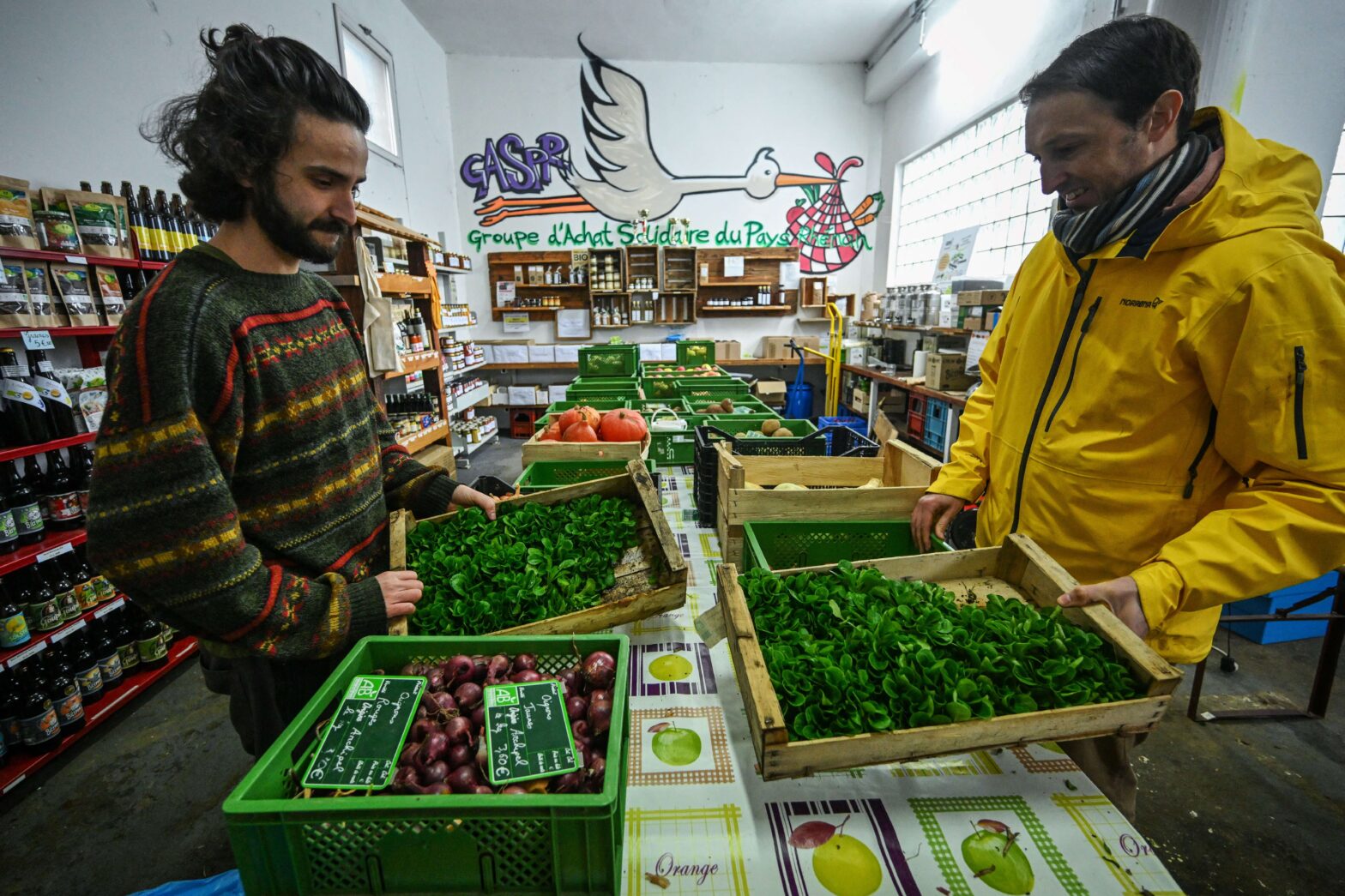Nairobi, 28 March 2024 — Humanity generates between 2.1 billion and 2.3 billion tonnes of municipal solid waste a year.
When improperly managed, much of that refuse – from food and plastics to electronics and textiles – emits greenhouse gases or poisonous chemicals. This damages ecosystems, inflicts disease and threatens economic prosperity, disproportionately harming women and youth.
On 30 March, the world will mark the International Day of Zero Waste. The observance, facilitated by the United Nations Environment Programme (UNEP) and the United Nations Human Settlements Programme (UN-Habitat), highlights the importance of proper waste management. It also focuses on ways to rein in the conspicuous consumption that is feeding the waste crisis.
“As the world drowns in waste, humanity must act,” says Sheila Aggarwal-Khan, Director of UNEP’s Industry and Economy Division. “We have the solutions to solve the waste pollution crisis. We just need commitment, collaboration and investment from governments, businesses and individuals to implement them.”

Tackling food waste and promoting healthy diets are key to ending food insecurity, experts say. [AFP/Patrick Hertzog]
Here are nine ways governments, businesses and individuals can embrace a zero-waste approach.
Combat food waste
Some 19 per cent of food available to consumers is wasted annually despite 783 million people going hungry. Around 8–10 per cent of the planet’s greenhouse gas emissions come from the production of food that is ultimately squandered.
There are lots of ways to turn that tide. Municipalities can promote urban agriculture and use food waste in animal husbandry, farming, green-space maintenance and more. They can also fund food waste composting schemes, segregate food waste at source and ban food from dumpsites. Meanwhile, consumers can buy only what they need, embrace less appealing but perfectly edible fruits and vegetables, store food more wisely, use up leftovers, compost food scraps instead of throwing them away, and donate food before it goes bad, something made easier by a bevy of apps.
Recovery is already on the menu in some places. In Vallès Occidental, Spain, municipalities are redistributing surplus healthy food to the marginalized. Meanwhile, in Nigeria, the non-profit organization No Hunger Food Bank works with the Adeta Indigenous community to reduce post-harvest losses by recycling cassava peels into animal feed.
Take on textile waste
Less than 1 per cent of the material used to produce clothing is recycled into new items, resulting in over USD 100 billion in annual material value loss. The textiles industry also uses the equivalent of 86 million Olympic-sized swimming pools of water every year.
To counter that, the fashion industry needs to become more circular. Brands and retailers can offer more circular business models and products that last longer and can be remade, governments can provide infrastructure for collecting and sorting used textiles, communicators – including influencers and brand managers – can shift fashion’s marketing narrative, and consumers can assess if their clothing purchases are necessary.
Avoid electronic waste
Electronics, from computers to phones, are clogging dumpsites around the world as manufacturers continually encourage consumers to purchase brand-new devices.
Through robust policymaking, governments can encourage consumers to keep their products for longer while pushing manufacturers to offer repair services, a change that would bring a host of economic benefits. They can also implement extended producer responsibility, a policy that can ensure producers of material goods are responsible for the management and treatment of waste. This can keep raw materials and goods in the economic cycle and inspire consumer waste prevention, eco-design, and optimization of waste collection.

Data monitoring can help identify trends in waste management and help inform smarter design. [UNEP/Duncan Moore]
Reduce resource use in products
Raw material use has more than tripled over the last 50 years, driving the destruction of natural spaces and fuelling the triple planetary crisis of climate change, nature and biodiversity loss, and pollution and waste.
Producers can follow nationally determined eco-design standards to reduce energy and resource use while minimizing hazardous chemicals in production. These standards also ensure products are durable, repairable and recyclable while use.
This should be part of a larger effort to design products through what is known as the lifecycle approach. This entails reducing resource use and emissions to the environment throughout all stages of a product’s life, from production to recycling.
Crack down on plastic pollution
Plastics are commonly used in electronics, textiles and single-use products. Some 85 per cent of single-use plastic bottles, containers and packaging end up in landfills or are mismanaged. Because plastic does not biodegrade, it contributes to major health impacts as microplastics infiltrate food and water sources.
In addition to phasing out single-use plastics and improving waste management, establishing a global monitoring and reporting system can help end plastic pollution.
Take on hazardous waste
Chemicals are prevalent in daily life – electronics can contain mercury, cosmetics may have lead and cleaning supplies often have persistent organic pollutants. Chemical and hazardous waste require specialized treatment and disposal, yet some governments fail to meet standards set in the Basel, Rotterdam and Stockholm (BRS) Conventions. Hazardous chemicals and waste cross borders, unauthorized or even illegally.
Governments can commit to Multilateral Environmental Agreements, like the BRS conventions, which institutionalize intergovernmental and cross-sectoral cooperation through binding targets and action plans.
Citizens should educate themselves about substances and waste types that are restricted or banned under the MEAs and demand the governments and industries to remove them from the global market.
Rethink how cities are designed and managed
By 2050, 68 per cent of the world is expected to live in cities. Investing in energy-efficient buildings leads to long-term reductions in construction and demolition, which generate significant amounts of waste and account for 37 per cent of greenhouse gas emissions.
UN-Habitat’s Waste Wise Cities and African Clean Cities Platform provide data and monitoring, knowledge, advocacy and bankable project development to shift cities towards zero waste. Many mayors, like 2023 UN Champion of the Earth Josefina Belmonte of Quezon City, Philippines, are leading initiatives to crack down on waste, including from food and plastics.
Bolster waste management through investment and training
![Waste collection hubs enable source segregation and hygienic storage of waste. [SweepSmart]](http://unhabitat.org/sites/default/files/2024/03/SweepSmart.png)
Waste collection hubs enable source segregation and hygienic storage of waste. [SweepSmart]
Globally, around 25 per cent of waste is left uncollected, while 39 per cent is not managed in controlled facilities. Global waste management incurs a total net cost of USD 361 billion annually. By ending uncontrolled disposal, reducing waste generation, and increasing recycling, governments can generate an annual net gain of USD 108.1 billion by 2050.
The One Planet network – a global community of practitioners, policymakers, and experts – can help drive this shift by fostering collaboration. It also has a database of the best resources on sustainability.
A one-year project in Ambon, Indonesia, between social enterprise groups and local governments provided training and job opportunities to local waste collectors and financed improved waste management facilities.
Embrace a “zero waste” approach
By recovering materials, redesigning products, bolstering waste management and prioritizing reuse, humanity can embrace zero waste for a more sustainable future.
“Zero waste makes sense on every level,” says Michal Mlynár, UN-Habitat Acting Executive Director. “By retaining materials within the economy and enhancing waste management practices, we bring benefits to our economies, our societies, our planet, and ourselves.”
“Overconsumption is killing us. Humanity needs an intervention,” says UN Secretary-General António Guterres. “On this Zero Waste Day, let’s pledge to end the destructive cycle of waste, once and for all.”
International Day of Zero Waste, observed on 30 March 2024 and jointly facilitated by UNEP and UN-Habitat, raises awareness of the importance of waste management and responsible consumption and production practices for sustainable development. The Day calls on everyone to embrace a lifecycle approach, which entails reducing resource use and emissions to the environment throughout all stages of products’ life cycles.
